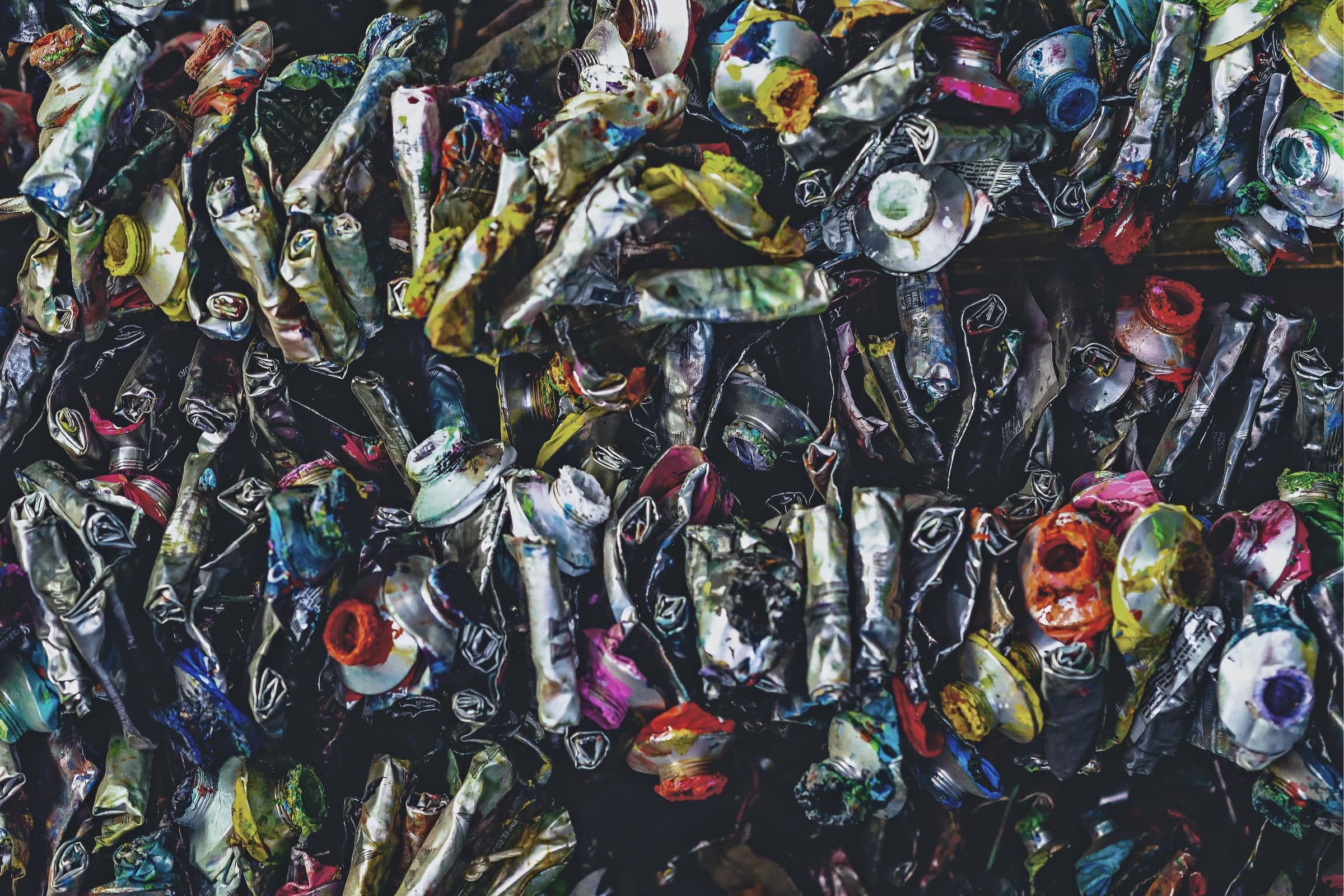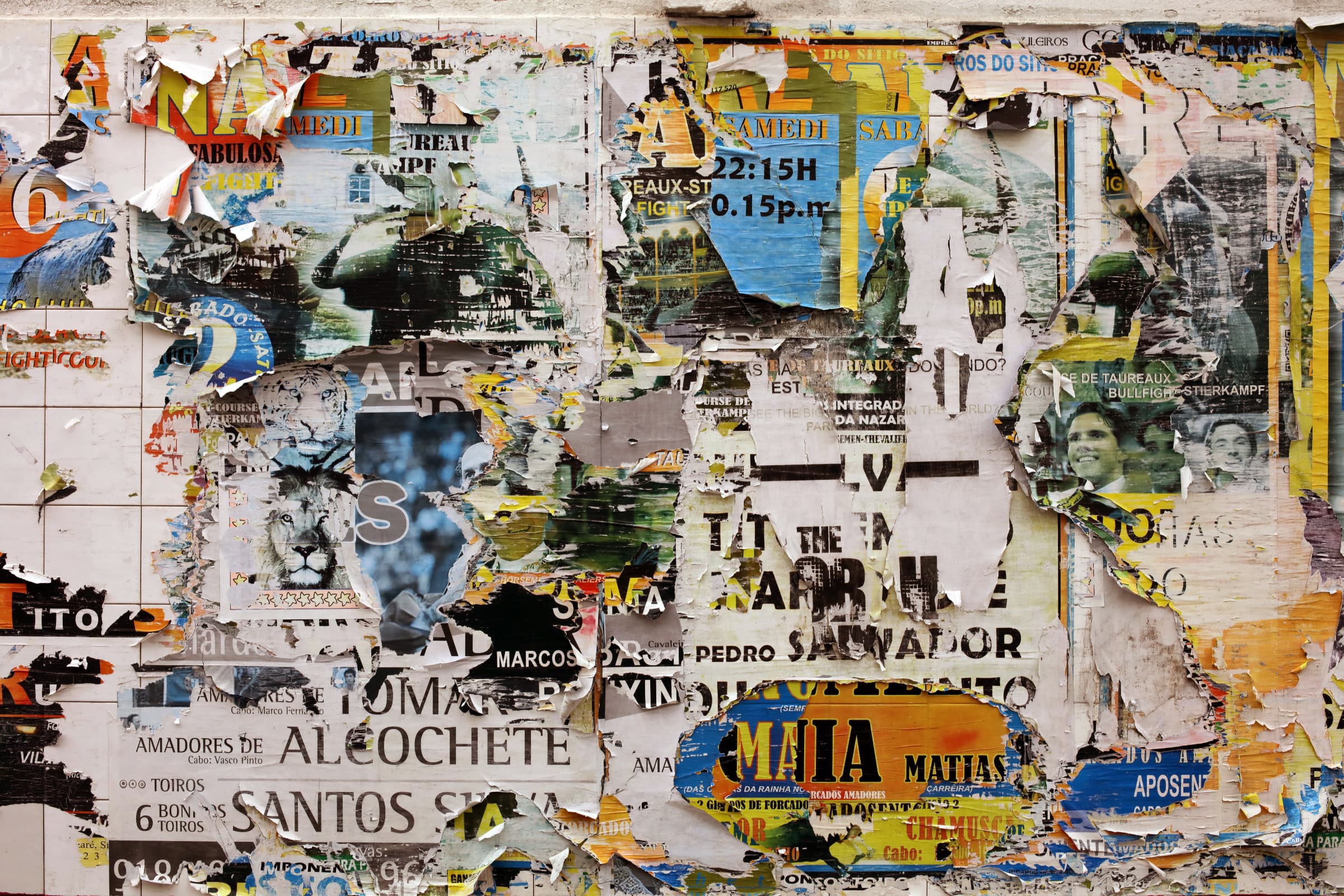How to change the Custom Colors
Changing Colors in Dispatch are mainly done via the Theme Customizer. Certain elements such as Page Heros are controlled within the Header Element and are covered in that article. There are a few colors that are controlled by CSS. The rules for them are found in the Customizer > Additional CSS: Primary Navigation Hairline Border above desktop navigation .main-navigation .inside-navigation { border-top: 0.5px solid #d4d7d8; } Menu item underline on hover .main-navigation ul li:after { background-color: #000; } Navigation Search .navigation-search.nav-search-active { background-color: rgba(255,255,255,0.95); top: 100%; } Buttons All of the colors are controlled via the customizer. However the button border inherits the color of the font. This is set by this CSS: button, html input[type=”button”], input[type=”reset”], input[type=”submit”], a.button, a.button:visited, a.wp-block-button__link:not(.has-background) { pointer-events: initial !important; border-color: inherit; border: 1px solid; } WP Show Posts – Card Style Entry Title, Summary and Meta text color .wpsp-card, .wpsp-card a, .wpsp-card .wp-show-posts-meta a, .wpsp-card .wp-show-posts-meta a:visited { color: #fff; } Gradient overlay To improve contrast of text a subtle gradient overlay is applied to the cards content wrapper. .wpsp-card .wpsp-content-wrap { position: absolute; bottom: 0; left: 0; right: 0; padding: 5% 8%; -webkit-box-sizing: border-box; box-sizing: border-box; background-color: rgba(0, 0, 0, 0.35); background: -webkit-gradient(linear, left bottom, left top, color-stop(80%, rgba(0, 0, 0, 0.6)), to(rgba(0, 0, 0, 0))); background: linear-gradient(0deg, rgba(80, 50, 50, 0.5) 30%, rgba(0, 0, 0, 0) 100%); pointer-events: none; } Custom Featured Image Post Navigation Next/Previous .post-nav { padding: 6px 12px; border-radius: 3px; font-size: 0.7em; text-transform: uppercase; background-color: #ff1956; color: #fff !important; }


